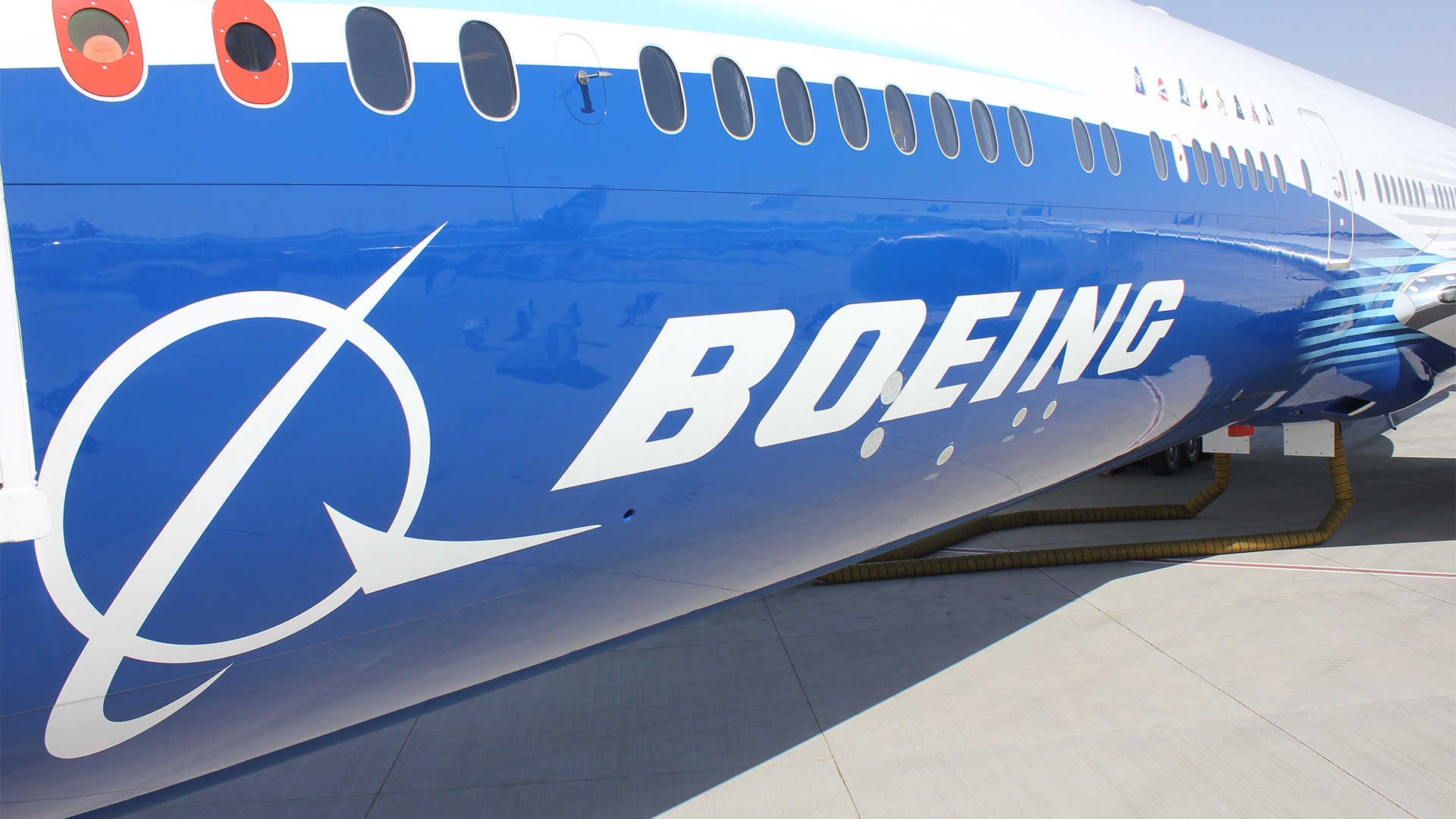Boeing lost hundreds of millions of dollars and used up $US3.9 billion in cash in the March quarter. Revenue fell nearly 8% from a year ago as the company continues to struggle to overcome ongoing problems in its core business – commercial aircraft.
The company revealed revenue fell 7.5%, to $US16.57 billion, on Wednesday. Hours after the results were released, Moody’s cut the airline maker’s key credit rating to the edge of junk status and left a big hint that the future is uncertain for the company.
Boeing's $US355 million net loss for the quarter was better than expected by the market due to better results in its other two business segments: space and military.
The problem lay in its commercial airliner business, which incurred a massive $US1.14 billion loss as aircraft deliveries fell 36% from a year ago to just 83 in the first quarter.
That’s less than a plane a day – far fewer than what it has produced in the past.
The $US4 billion cash burn left Boeing with around $US7 billion in cash on hand and $US10 billion in available credit lines at the end of March.
Analysts say another quarter or two with multi-billion-dollar cash drains, and the company will need new capital raising – a concern expressed by Moody's.
From what management said in the later briefing session and what it has stated previously, $US10 billion of liquidity is the lowest cushion the company can afford.
The main problem lies in its 737 program — Boeing’s bestselling plane. After the Alaska Airlines door blowout and other problems, production of the 737 slowed to allow fixes to be made around quality management and to implement its plan based on feedback from a regulatory audit.
Boeing said on Wednesday that it paid $US443 million in compensation to airlines for the grounding of Max 9 jets after the Alaska door panel incident in early January.
After the quarterly release, Moody’s downgraded Boeing’s unsecured debt rating one notch to Baa3, the lowest investment-grade rating, citing the weak performance of the commercial-airplanes business.
The rating outlook is negative, indicating Moody’s sees a good chance of a further downgrade in the next 18 months.
Moody’s expects that headwinds related to the segment will persist at least through 2026 and that the company’s annual free cash flow will fall short of the $US4.3 billion of debt that the company has coming due in 2025 and the $US8 billion coming due in 2026.
Moody’s anticipates that Boeing will issue new debt to cover any shortfalls.














